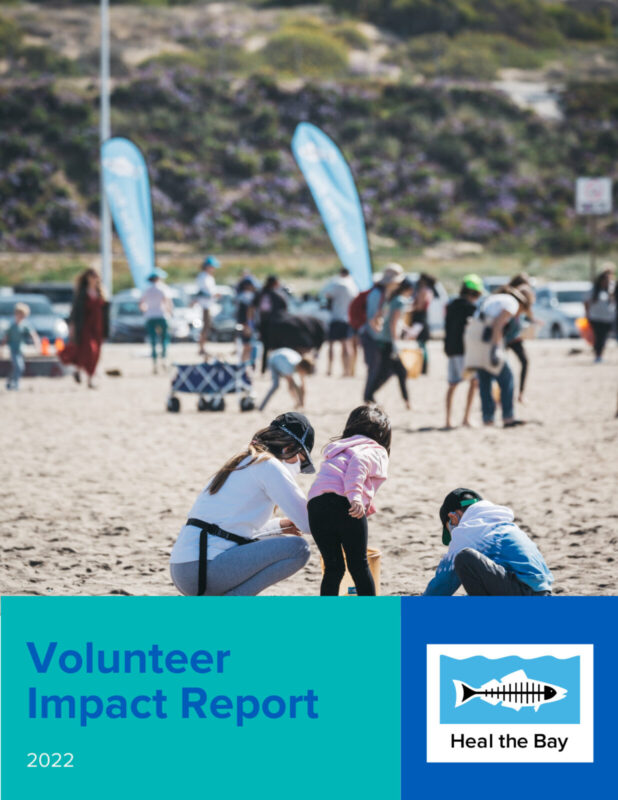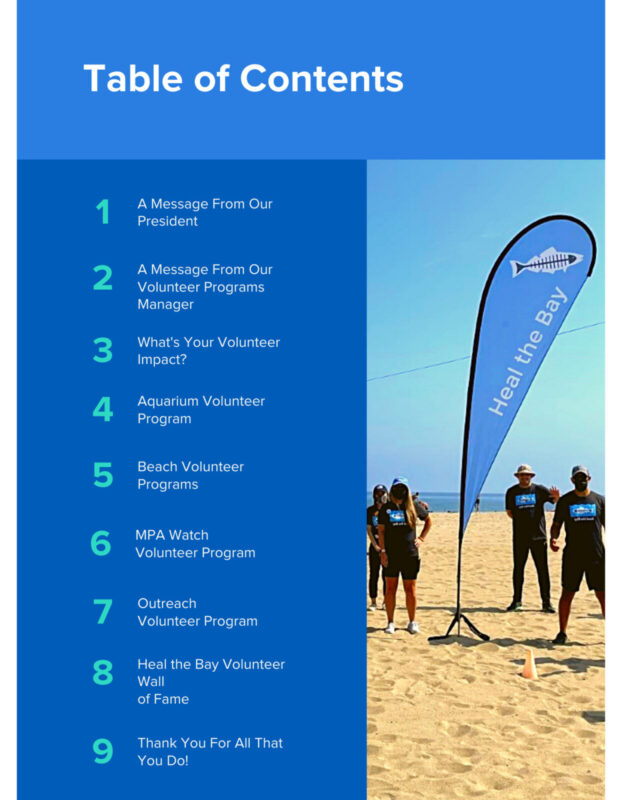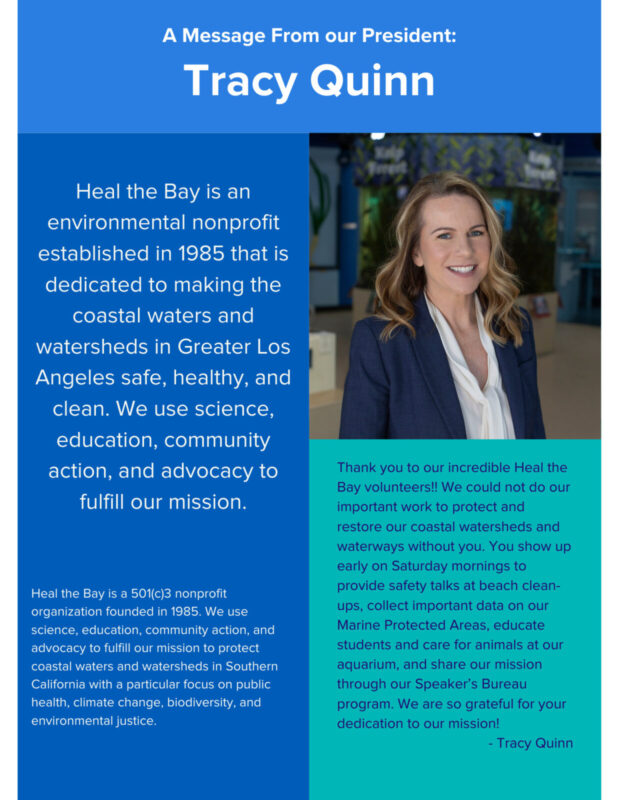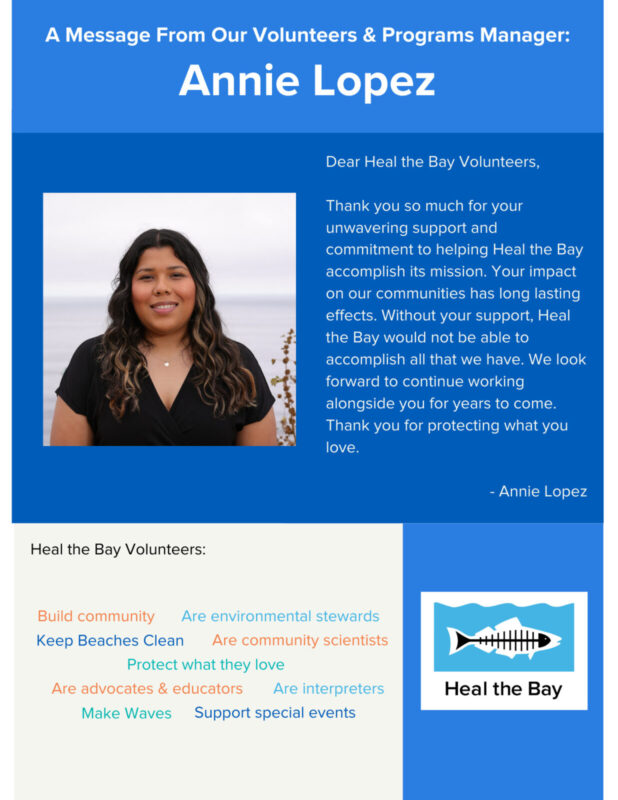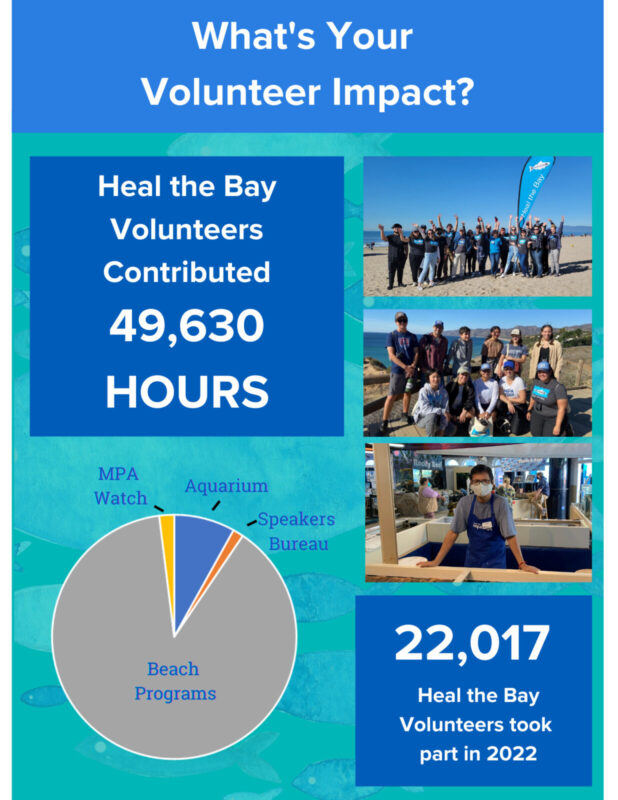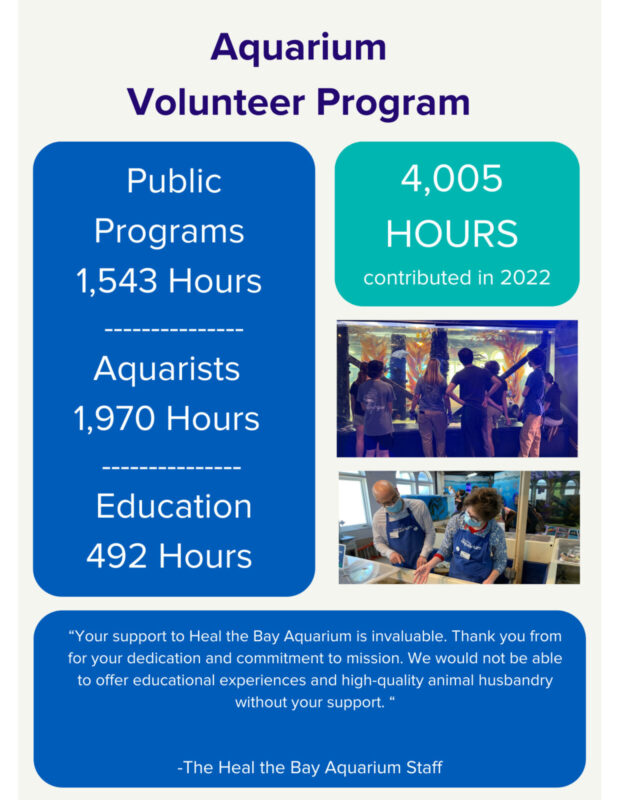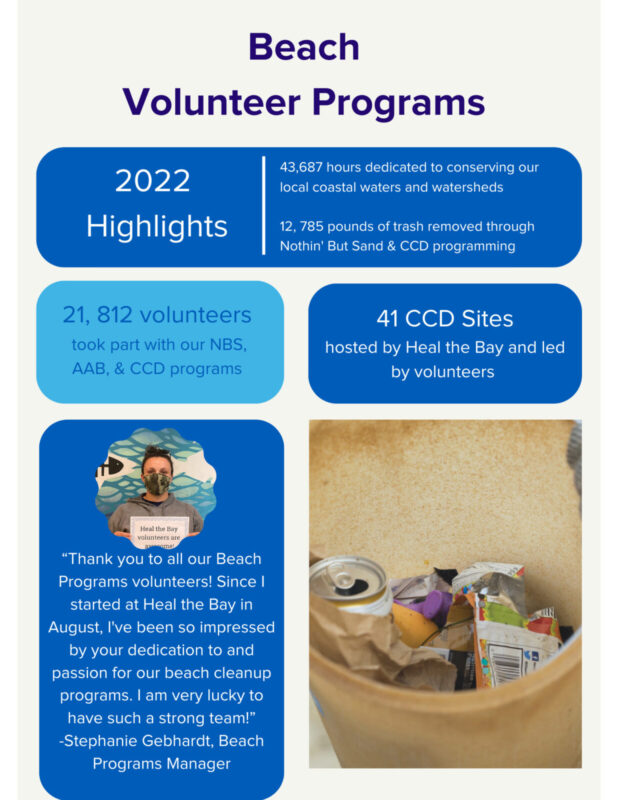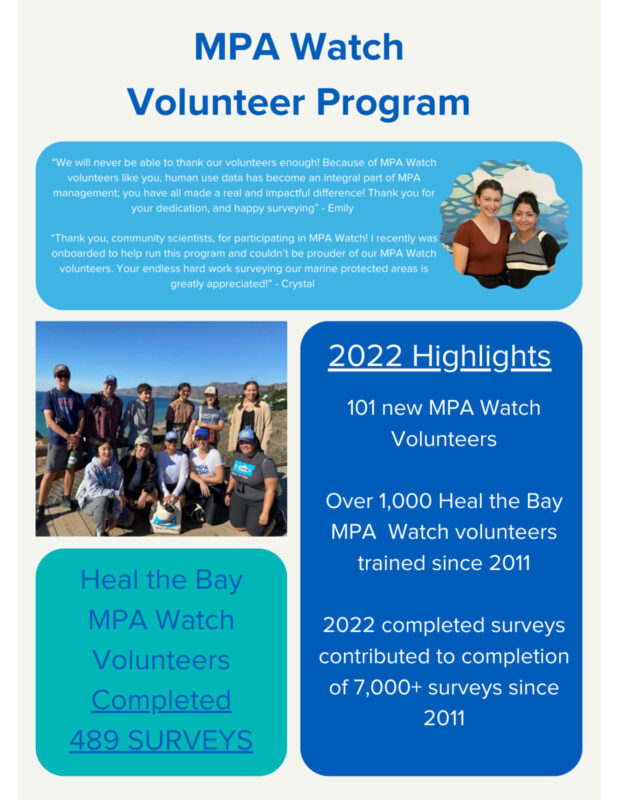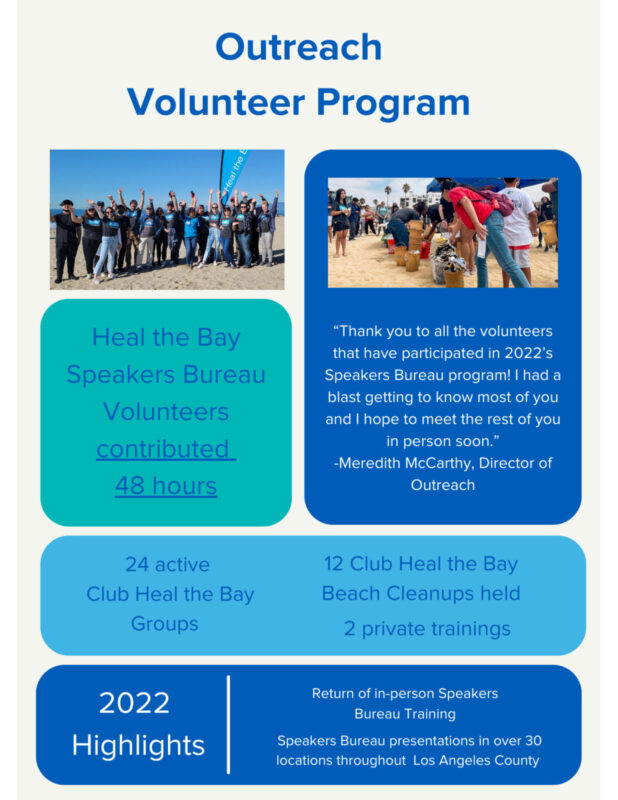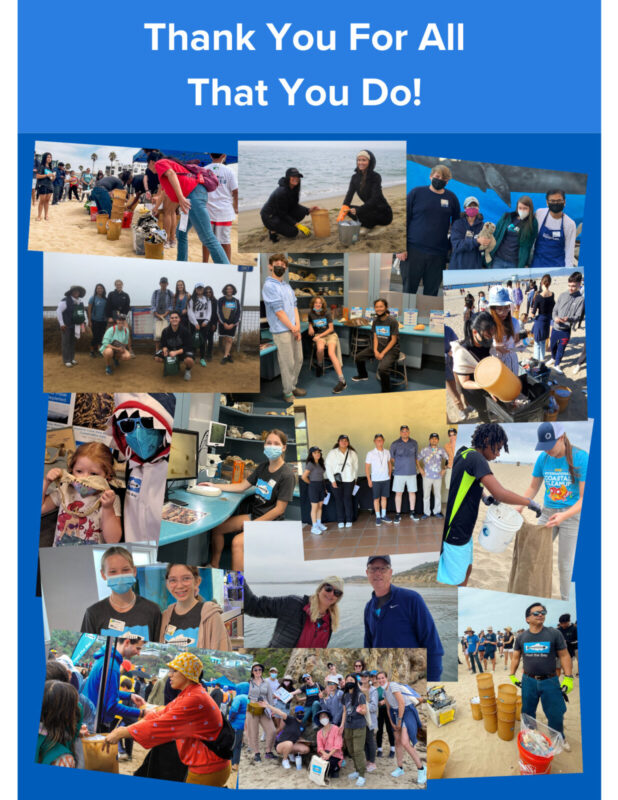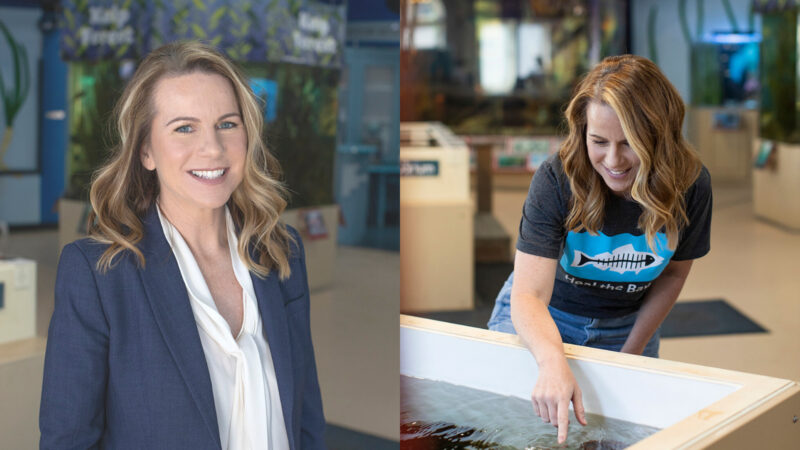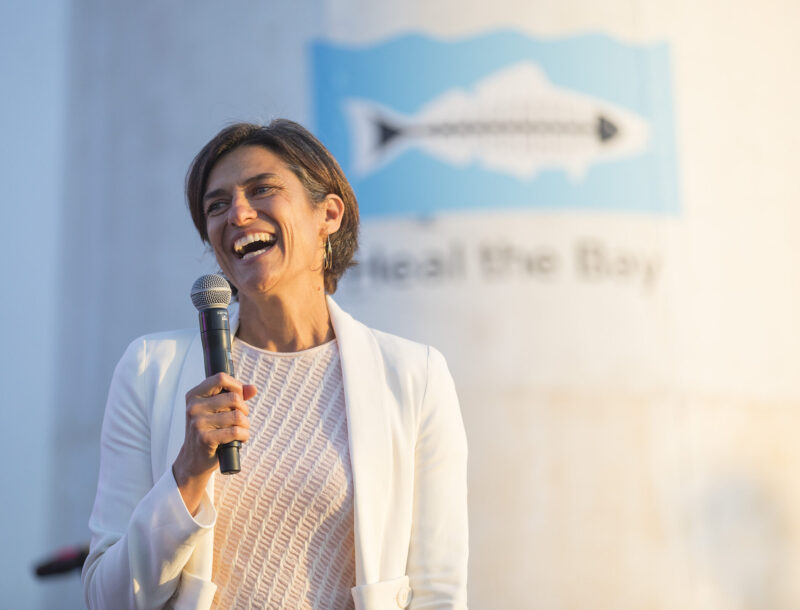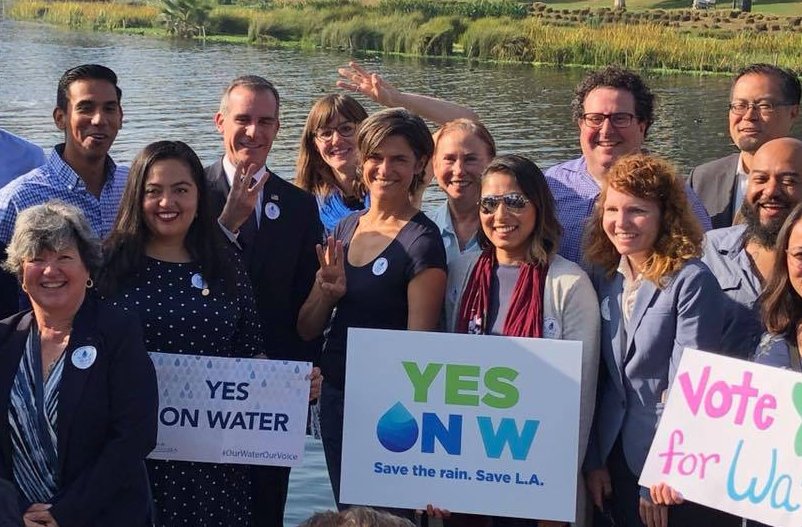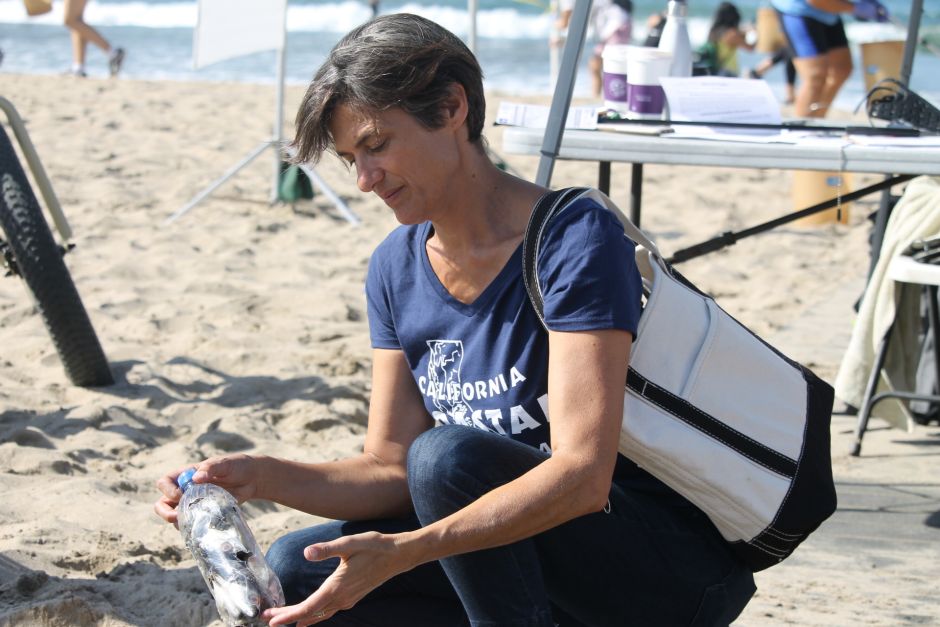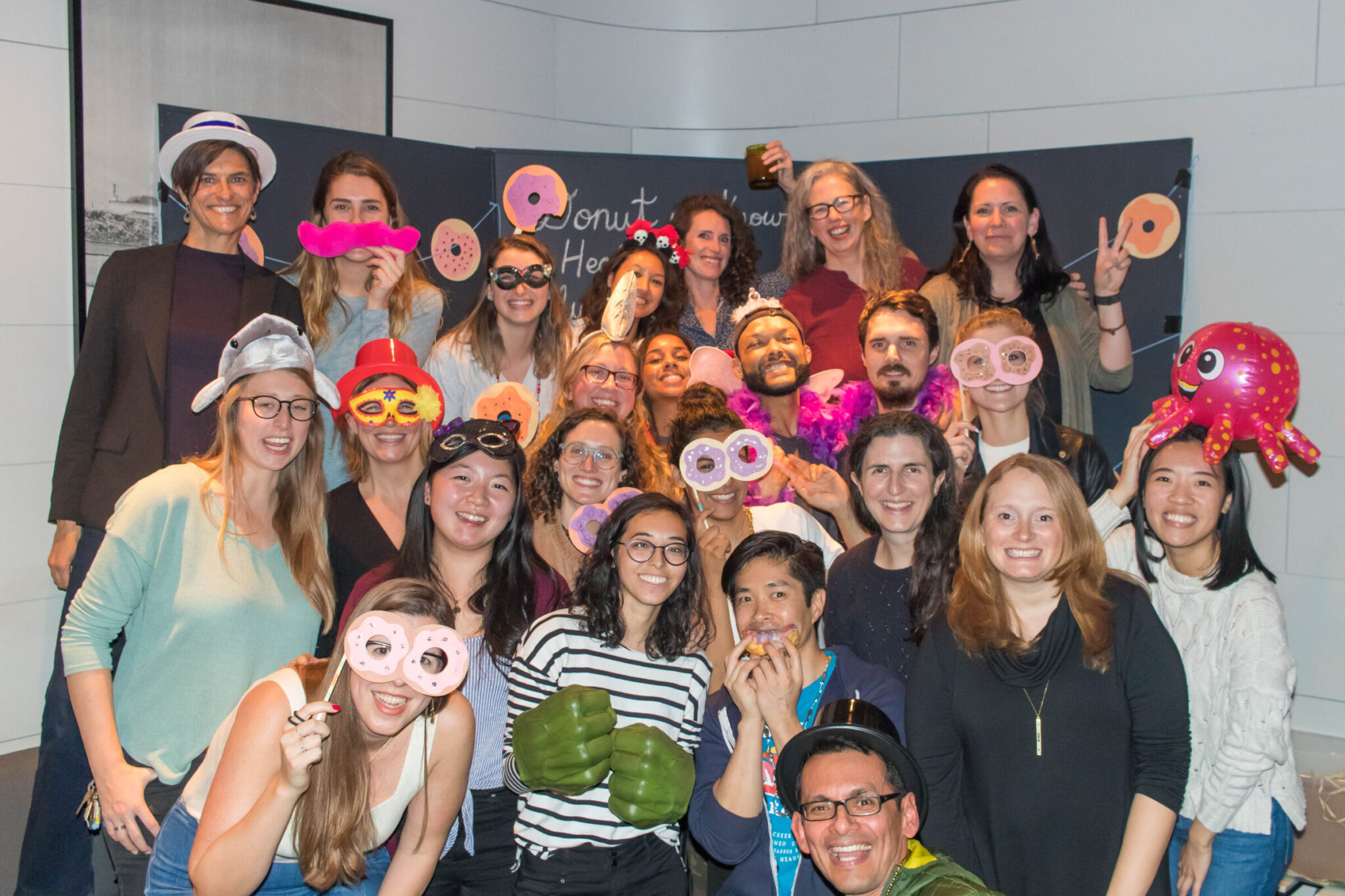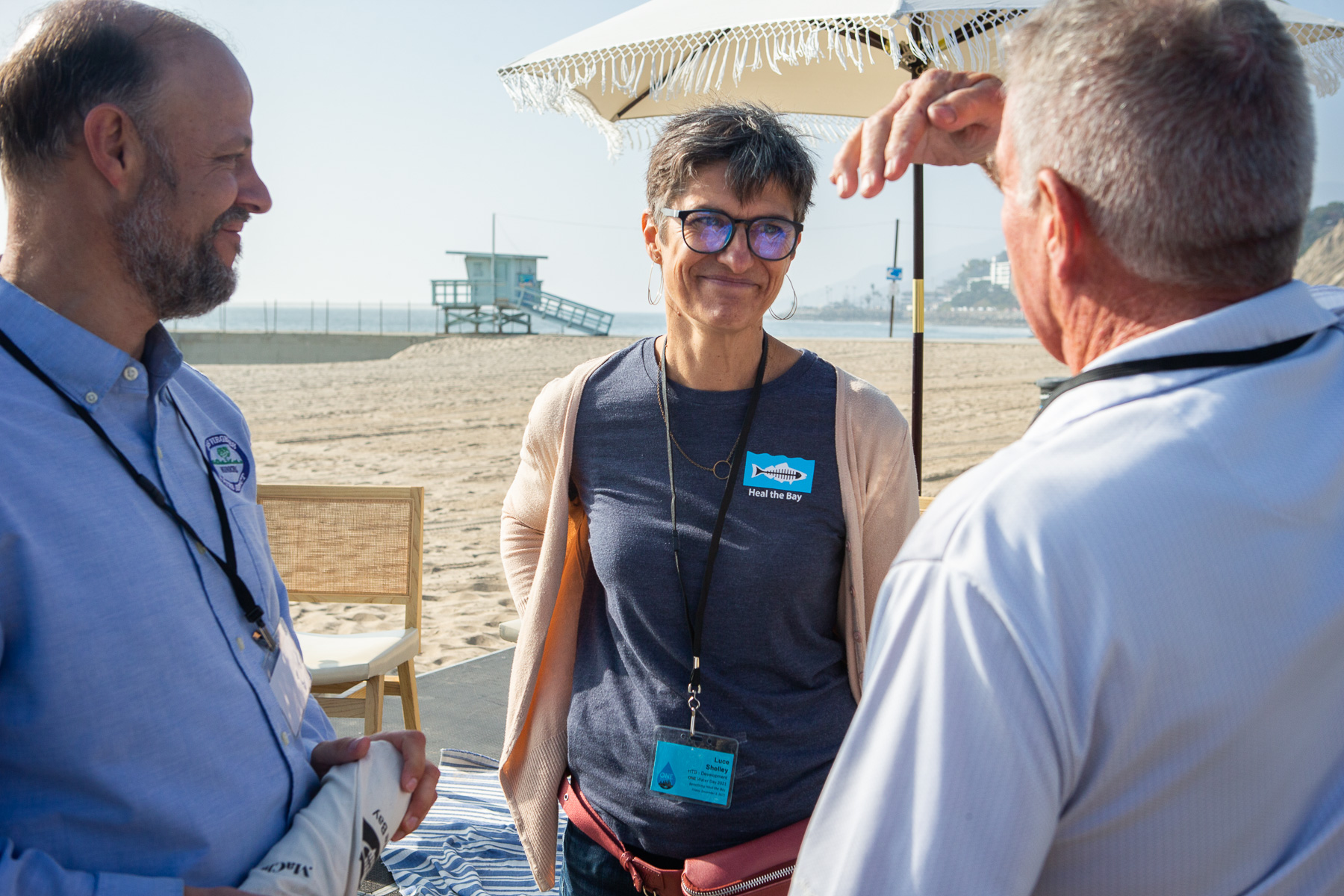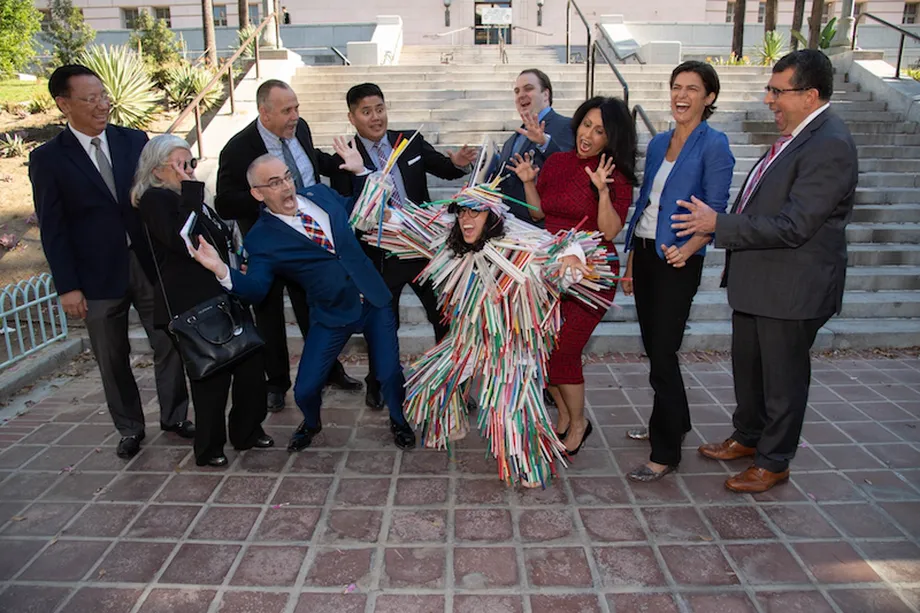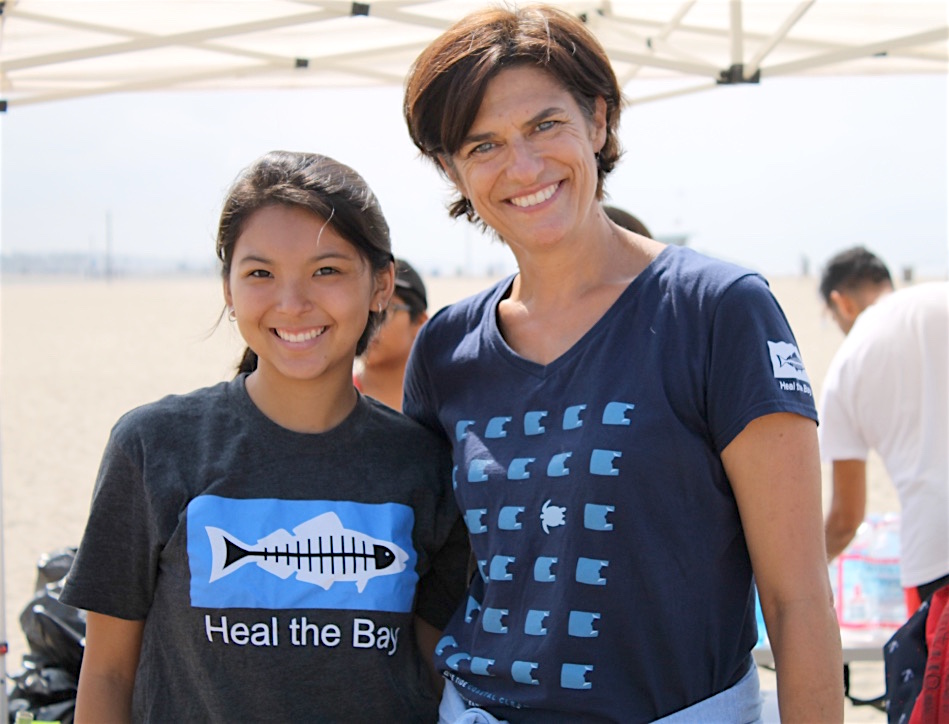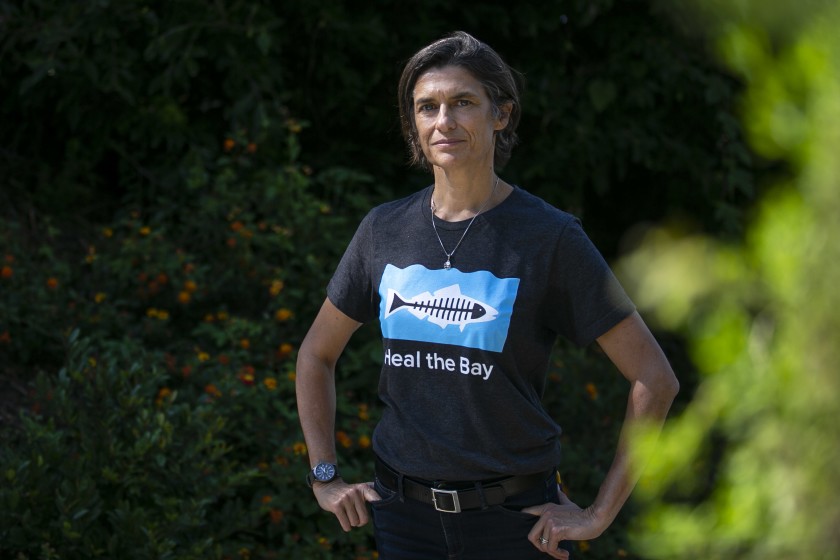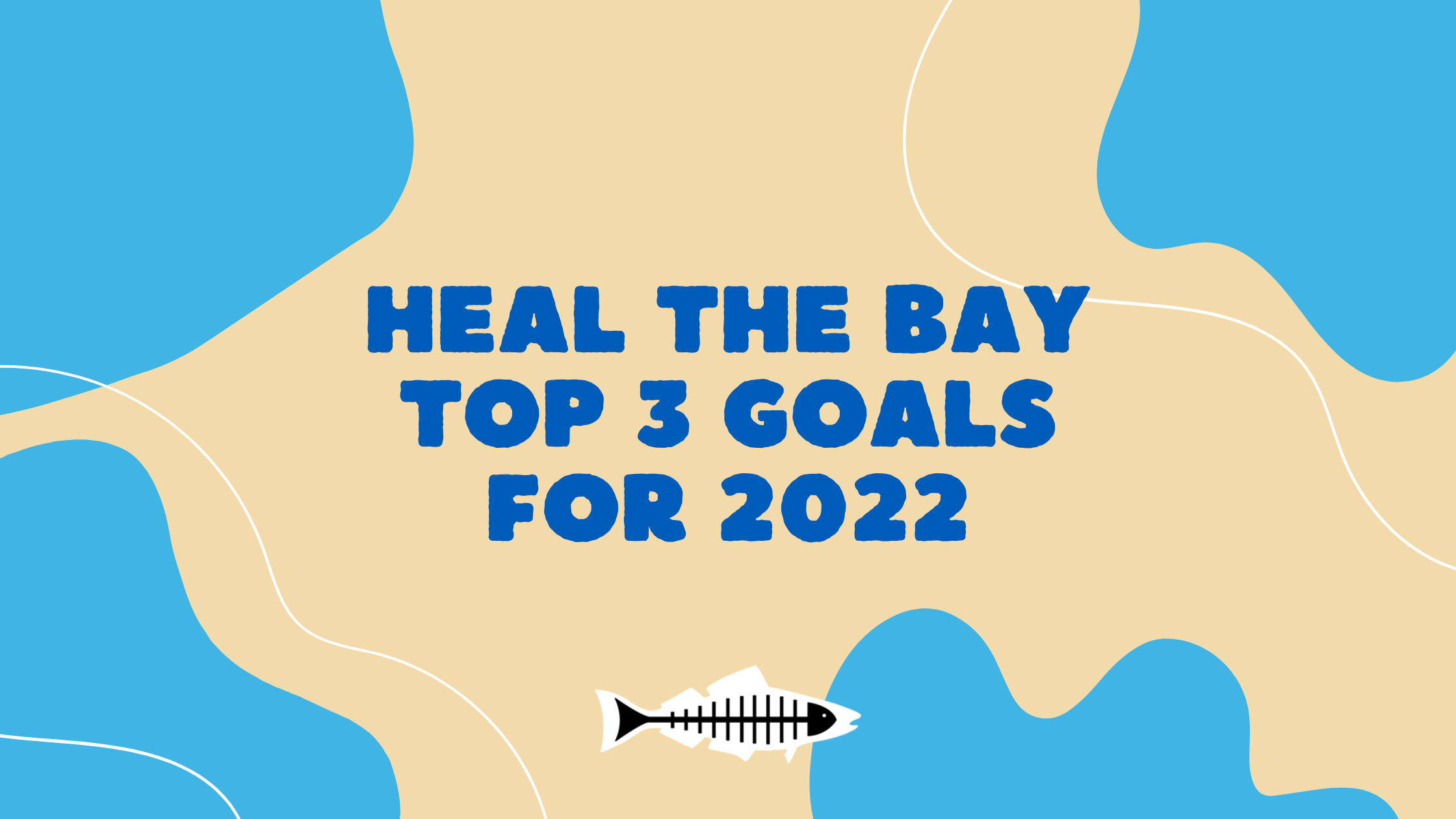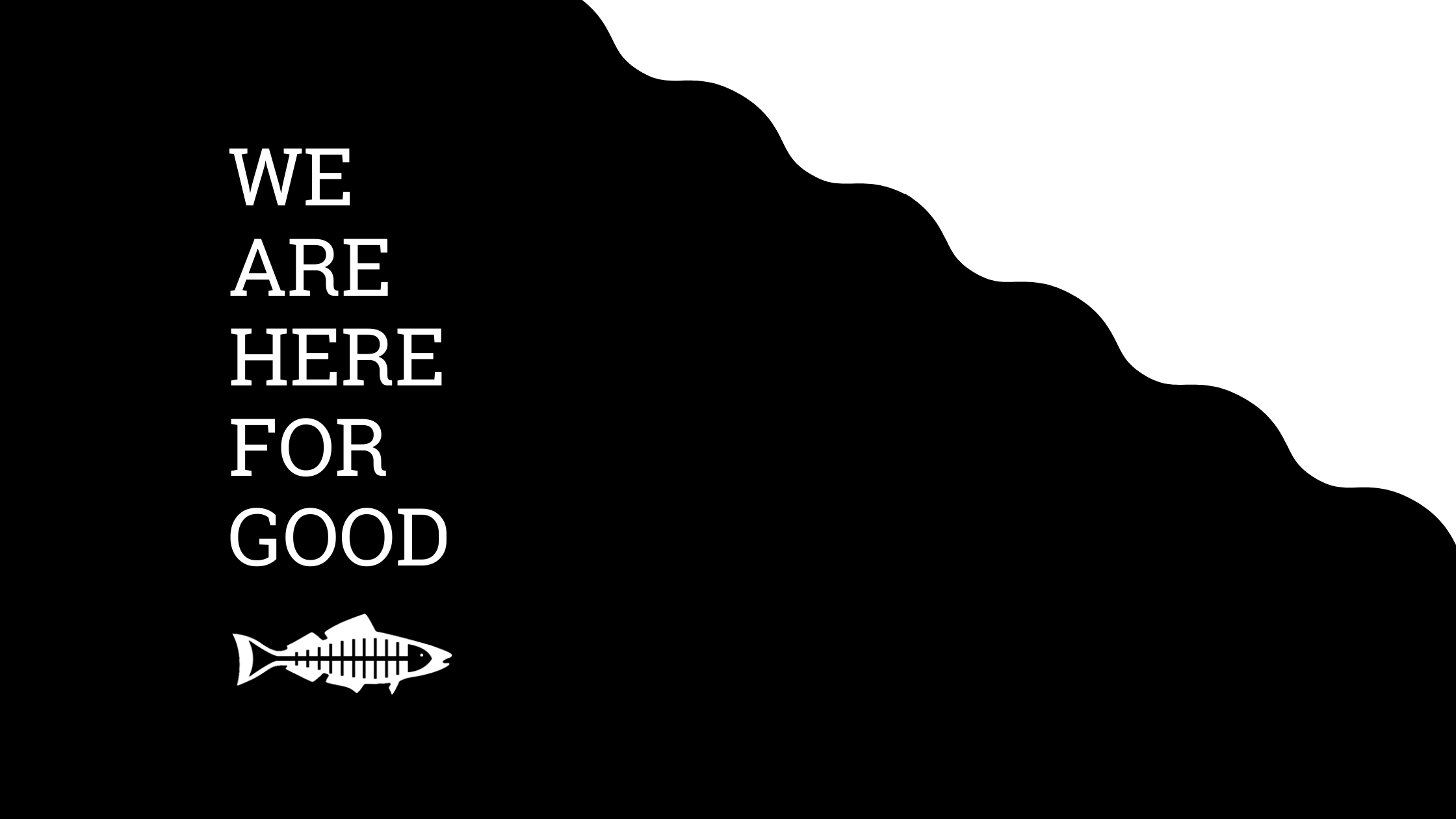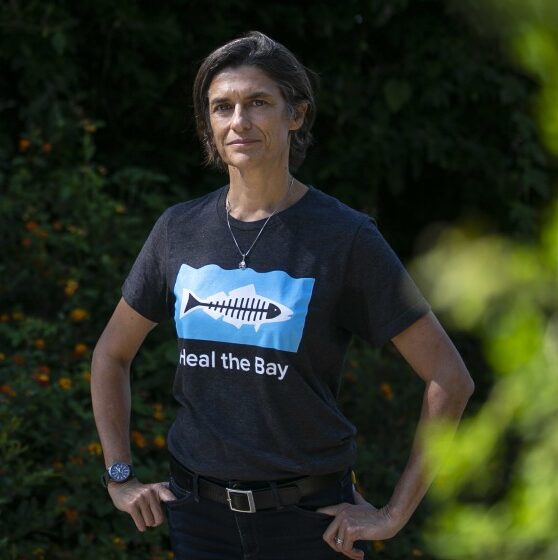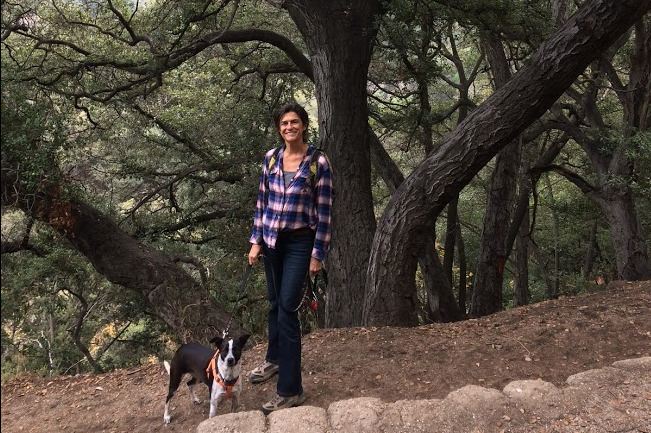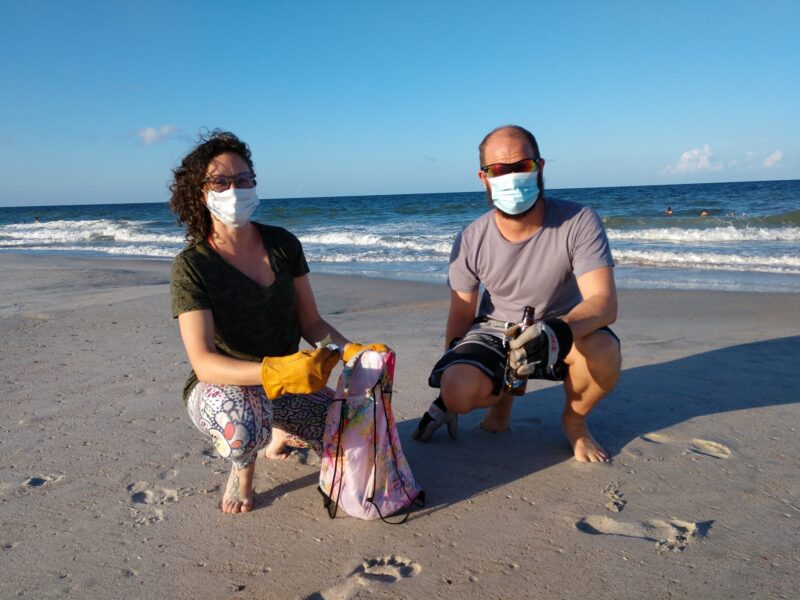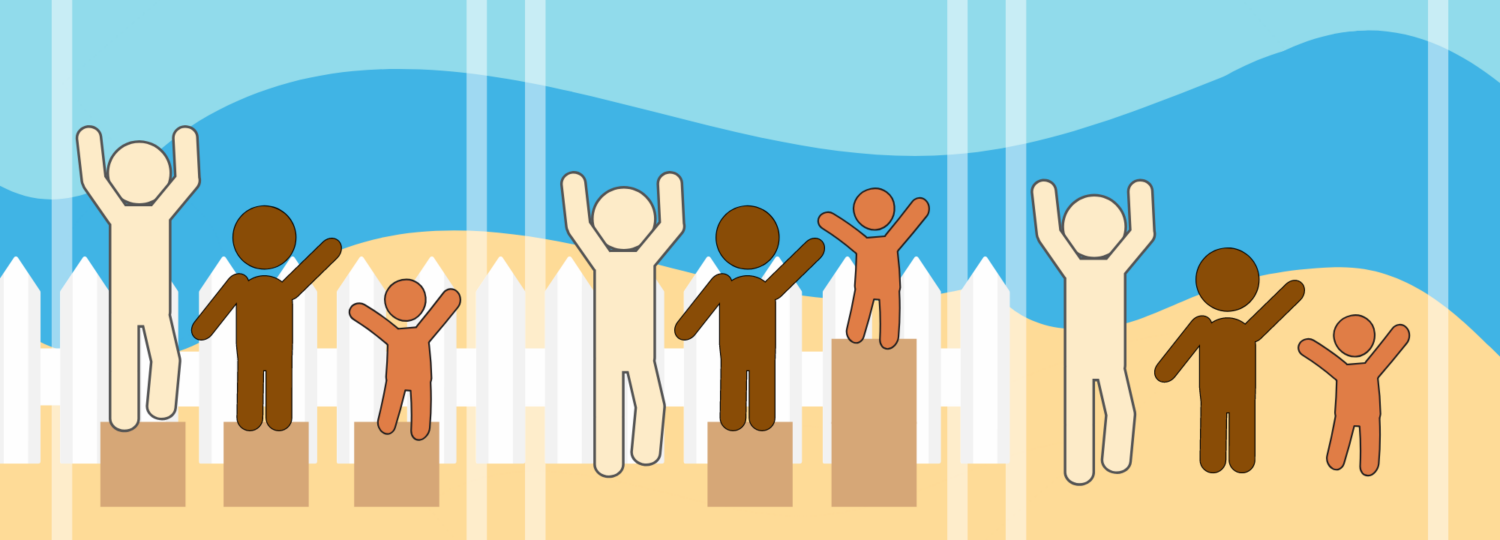In their previous blog post, Heal the Bay Outreach Coordinator Danielle Furuichi discusses their journey to the environmental justice movement, sharing key concepts and context about environmental justice issues. They also share the role each one of us can play through transformative action. Here, they dive into a visual illustration of what equality, equity and justice can look like within the environmental movement.
Systemic and structural racism, harmful stereotypes, and a lack of access to education, economic status, and health resources often leave people of color out of the conversations that impact them, specifically about land use, natural resources, and environmental policy decision-making. As the environmental movement tackles climate change, water and air quality, public health, and plastic pollution issues, we all must consider the social inequities, inequalities, and injustices that are inherently intertwined with these issues. Although these words are sometimes used interchangeably, it is important to understand their differences. I will use coastal access and the graphic below to illustrate the concepts of equality, equity, and justice.
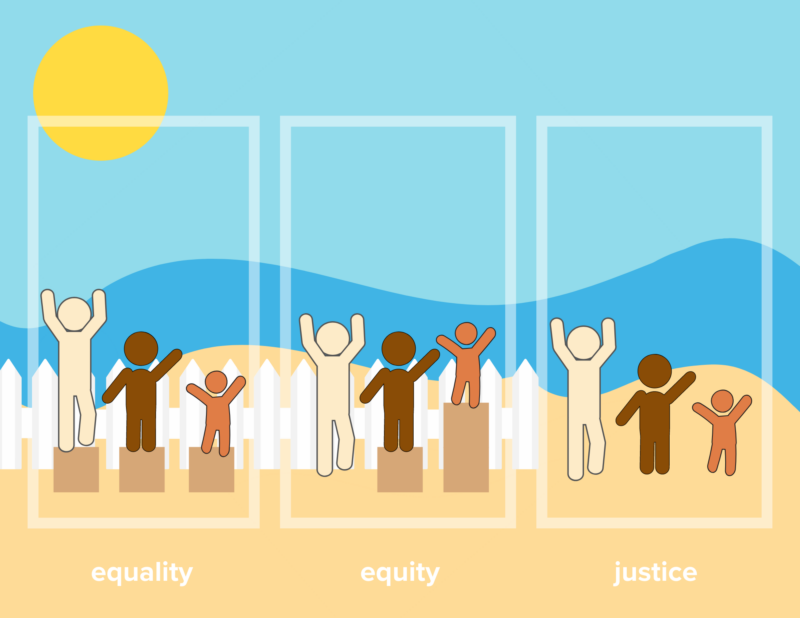
The illustration above was inspired by an illustration in “Seo, Jeong-Wook & Chung, Hosik & Seo, Tae-Sul & Jung, Youngim & Hwang, Eun & Yun, Cheol-Heui & Kim, Hyungsun. (2017). Equality, equity, and reality of open access on scholarly information.” and was created for Heal the Bay’s use by Alex Choy and Danielle Furuichi
What is equality?
Equality is the condition under which all individuals receive uniform treatment, resources, and opportunities (Georgia Institute of Technology). The faulty assumption that underlies equality is that everyone has identical needs and would benefit equally from an even distribution of resources.
One example of a policy that emphasizes equality is the California Coastal Act of 1976. This policy outlawed private beaches in California so that by law, everyone has equal access to CA beaches. However, despite this legal action, physical and systemic barriers like geographical distance, lack of transportation, and historic segregation of coastal areas continue to prevent equal and full access for all to California beaches.
In the first segment of the illustration above, three individuals are treated equally and given the same resources – a uniform box – to access the beach view. Although one box is enough for the first two individuals, it is not sufficient to support the third individual, who remains without access to the beach view. A “one-size-fits-all” approach ignores specific needs, structural barriers, and systemic issues that impact some communities and individuals at disproportionate levels.
What is equity?
Equity is the proportionate distribution of and access to resources. Unlike equality, equity accounts for individuality and acknowledges the historical underrepresentation of certain communities, yet it fails to actively deconstruct the underlying systemic barriers that create and contribute to current inequities (UC Berkeley Initiative for Equity, Inclusion, and Diversity).
Let’s return to the previous example of the California Coastal Act of 1976, which provides equal access to California’s beaches. Equal, not equitable, is the key word here because equitable access requires extra steps. We can create equitable coastal access by providing educational programs and grant funding that brings people to the beach who wouldn’t have the resources to otherwise. This solution acknowledges that beaches are not uniformly accessible to everyone, and that an additional, targeted allocation of resources is required to make coastal access more equitable.
In the second segment of the illustration, the individuals are given a different number of boxes based on their needs, resulting in beach views for all three individuals. However, this solution fails to address the reason the beach view is inaccessible in the first place – the fence.
What is justice?
Unlike equality and equity, justice combats historic inequality and inequity while dismantling the systemic and structural barriers that are responsible for those inequities.
What would a just approach to ensuring full and equitable access to the California coast look like? To answer this question, we have to look at the fundamental reasons why there is unequal beach access in the first place. Who has access to the coast and why?
If we look at coastal access in Los Angeles, we find that racist policies and gentrification are the root cause of inequitable access. This legacy of racism and discrimination began with the abuse, enslavement, and displacement of Indigenous people, including the Chumash and Tongva peoples who were the first to live in the Malibu and Los Angeles Basin areas.
In the late 1800’s and early 1900’s, the legacy of slavery pervaded as Black people were harassed and kicked off of beaches surrounding Santa Monica. Practices like redlining – the division and ranking of neighborhoods based on race and socioeconomic status – prevented people in low-income communities and communities of color from buying homes, properties, or establishing businesses along the coast. On top of that, these communities were subject to additional discriminatory and unjust rent practices.
The impact of these racist and discriminatory policies is clear today, as the demographic of those who live on and near the coast is primarily wealthy and white. Now, gentrification continues to cause the displacement of low-income communities and communities of color that live near the coast, parks, greenspace, and the LA River – and Black people still face harassment while trying to enjoy nature.
A just solution to coastal access requires the dismantling of systemic racism, prejudice, and inequitable policies. Removing “the fence” takes time and intention. Board by board, piece by piece, link by link. The process requires education and action to make the necessary changes to break down systemic and structural barriers that form injustices.
In the third segment of the illustration, the primary barrier and need for additional resources has been removed. Without the fence, the beach view is completely accessible for everyone.
Why did we create this image?
We created this illustration to educate our community and to encourage everyone to think more critically about the environmental movement. When we think of the environmental movement, what comes to mind? When we protect our natural resources, who are we protecting them for? Or from? Who benefits from their protection?
It is easy to see environmental issues and their solutions through a lens shaped by our own privileges and experiences. But like many other social, political, and economic issues, environmental issues are complex. Solutions to environmental problems must take into account social, political, historical, and economic factors, and to be truly transformative they must also be equitable and just.
